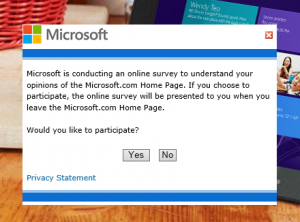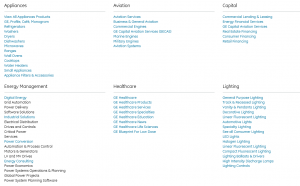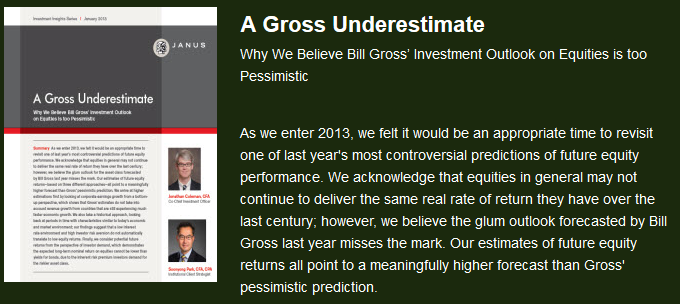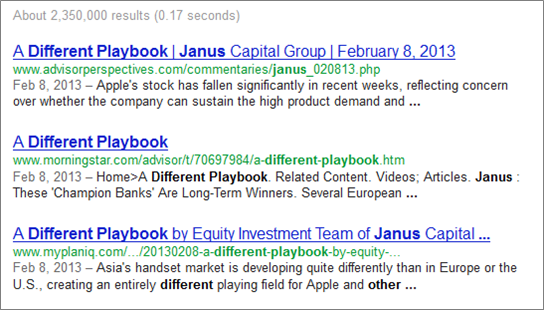Presenting Product (Alphabetic and Asset Class)
You’re a mutual fund manufacturer with 50, 60, maybe even 100 mutual funds. On your Web site, the initial idea was to present them alphabetically. Perhaps, a few years later you broke them into asset classes, then alphabetic, but now you’re not sure at all what to present. Where’s a good place for ideas? Maybe look outside the industry for innovation?
I did a quick review of the four largest companies (I started by market cap, removed non-US companies and oil/gas companies).
- Apple – The homepage has no product section. “Store” is a natural proxy. And in the store, the products are grouped, well, similar to asset class. Instead of equities, there’s “Mac.” Instead of tax-exempt bonds, there’s “iPod.” The page has a featured fund, I mean product, and some left-hand navigation for the user who wants precision in her shopping.
- Microsoft – My first visit ever on this computer and Microsoft pops up a survey invitation. Really (right)?
 Anyhow, there is a “Products” tab that presents a “mega-menu” organized by asset class (or product class here) first and then by business customer segment.
Anyhow, there is a “Products” tab that presents a “mega-menu” organized by asset class (or product class here) first and then by business customer segment. - IBM – Here I have to understand a “Product” versus a “Solution” (typical problem in our industry as well). I assume products are physical items IBM manufactures and solutions to be consulting and professional services. Clicking on “Products” shows me that I am – wrong. There’s software and professional services organized by product class here.
- GE – First I segment myself (let’s say I’m a business customer), then I see a massive list (below) of products organized by industry (again, akin to asset class). It’s the most daunting list and well, if I want to know more about “grid automation,” then I’m simply out of luck. No Web site for me!

Two quick observations:
- Organization is difficult. These large, established firms are full of very smart people trying to bring prospects and customers to the right place quickly. What are products and solutions to financial advisors, investment consultants, and institutions?
- This cursory review does not imply an absence of great ideas outside the industry (I think there are multiple lessons to learn from Hulu, Zappos, & TaylorStich. More on those over a beer, though.) Simply that looking outside is a good input alongside internal groups and design partners.








